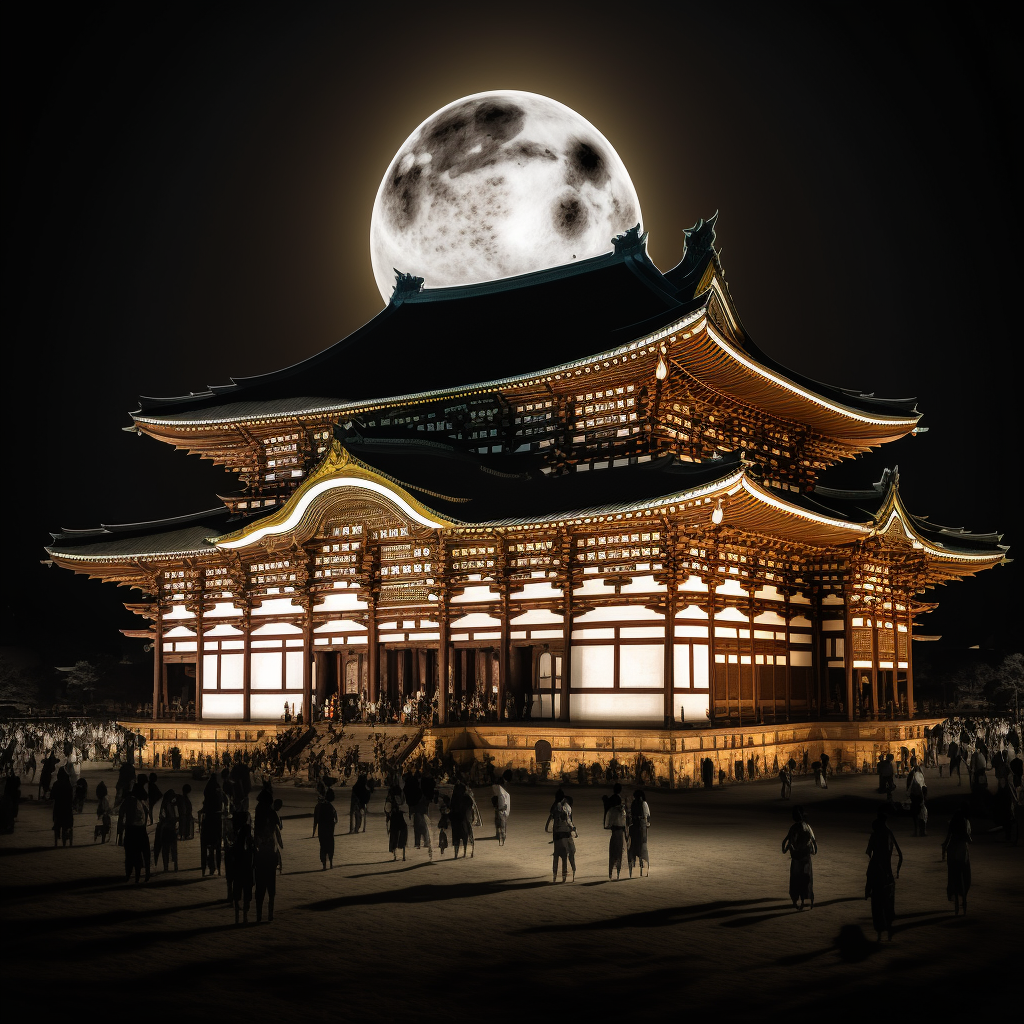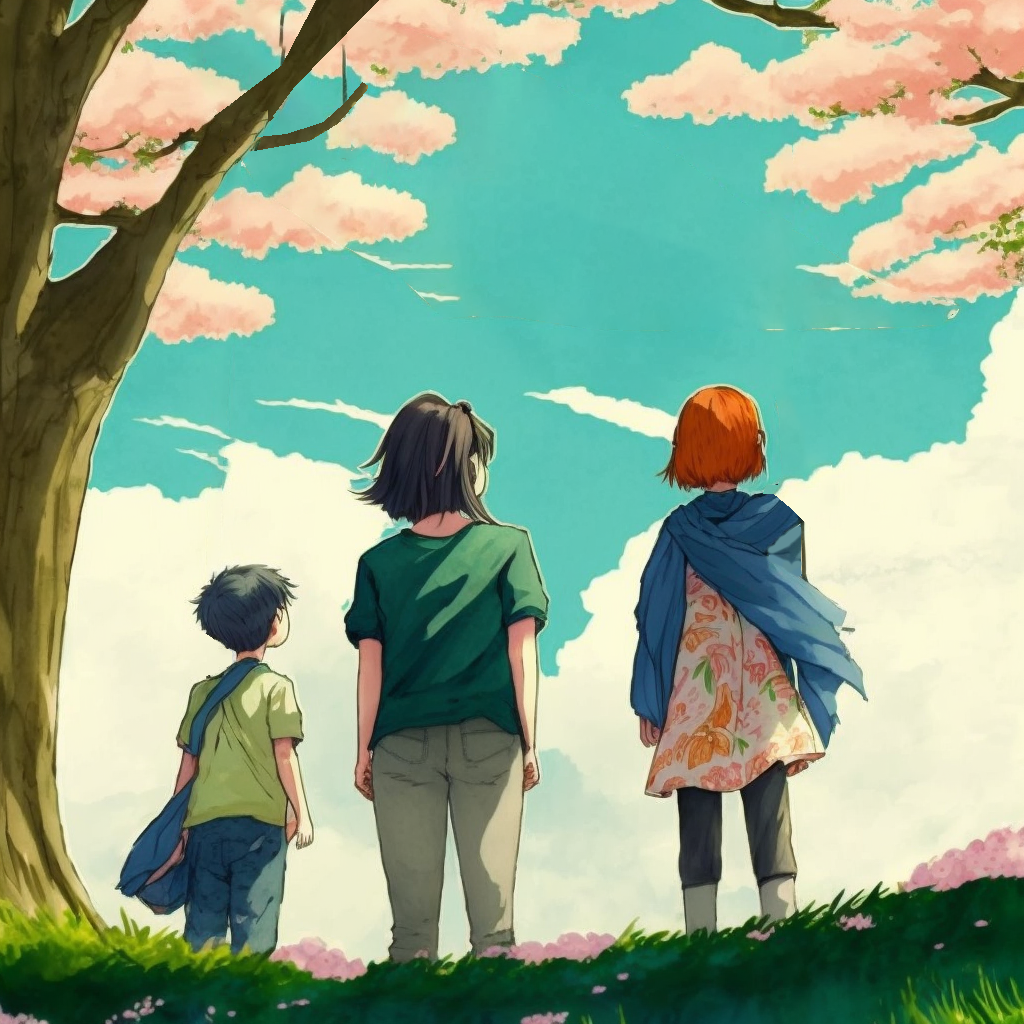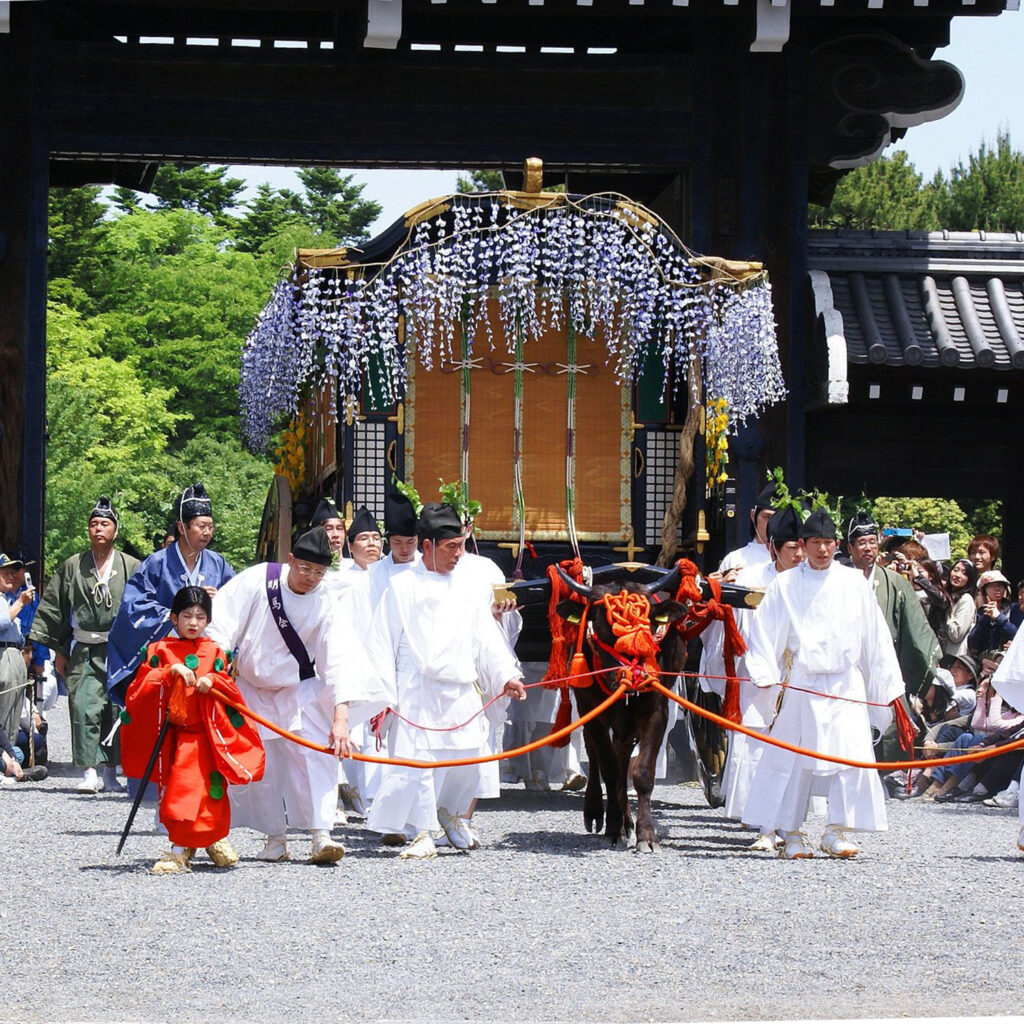Omizutori (お水取り) or the Torch Festival is a Buddhist religious rite. It is celebrated every year in the Nigatsu-do of the Todai-ji temple, in Nara, Japan. It is considered one of the oldest and most important religious events in the country, dating back over a thousand years.
The event takes place during the month of March and lasts approximately 12 days. Ceremonies include processions, speeches, songs and dances. But the most important moment is the “Miracle of Water” (Omizutori in Japanese). Indeed, the monks come out with beams of light, called “toro”, to bless the crowd below.
Storyof Omizutori, the Nara Festival
The history of Omizutori dates back to the founding of Todai-ji Temple in the 8th century. According to legend, the founder of the temple, the monk Chugen, saw a divine vision. In short, it showed him how to stop a drought by blessing the water. Since that day, the ceremony is celebrated every year to prevent drought. But also to bring rain for a good harvest.
Production of Omizutori, the Nara Festival
This festival ushering in the arrival of spring is the final rite. Before that, there were two weeks of Shuni-e ceremony intended to cleanse people of their sins.
The eleven priests, called Renhyoshu, are appointed in December of the previous year to participate in the event. They are tasked with cleaning the premises in preparation for the upcoming ceremony. During the period leading up to Omizutori, priests are forbidden to speak or leave the premises.
During the last night of the Shuni-e ceremony, the main “Otaimatsu” rite takes place. The monks carry torches, lit on the first day of March, and come below the Nigatsu-do hall. This room where, according to legend, sacred water springs from the facade only once a year. The assistants brandish and wave torches, making large circles of fire. Spectators watch this ceremony and are exposed to the sparks. They are then protected for the year against bad things. The next day, the sacred water rite takes place. Indeed, the monks then draw the water and offer it first to Buddhist deities, including Bodhisattva Kannon, then offer it to the public for these healing powers. Once the Omizutori is finished, the cherry blossoms begin to bloom. It’s a sign that spring has arrived.
Impact of the Festival
Today, Omizutori is still considered an important event for local Buddhists and visitors from around the world. Crowds gather to receive the blessing of the water, while enjoying the beauty of the ceremonies and beams of light.
Although the celebration is deeply rooted in the Buddhist religion, it also attracts many tourists and curious visitors due to its uniqueness and long history. Finally, it is an important moment for the culture and identity of Japan. This reminds everyone of the importance of religious tradition in the daily life of the country.
Discover our Haori to join the party on sale here.



